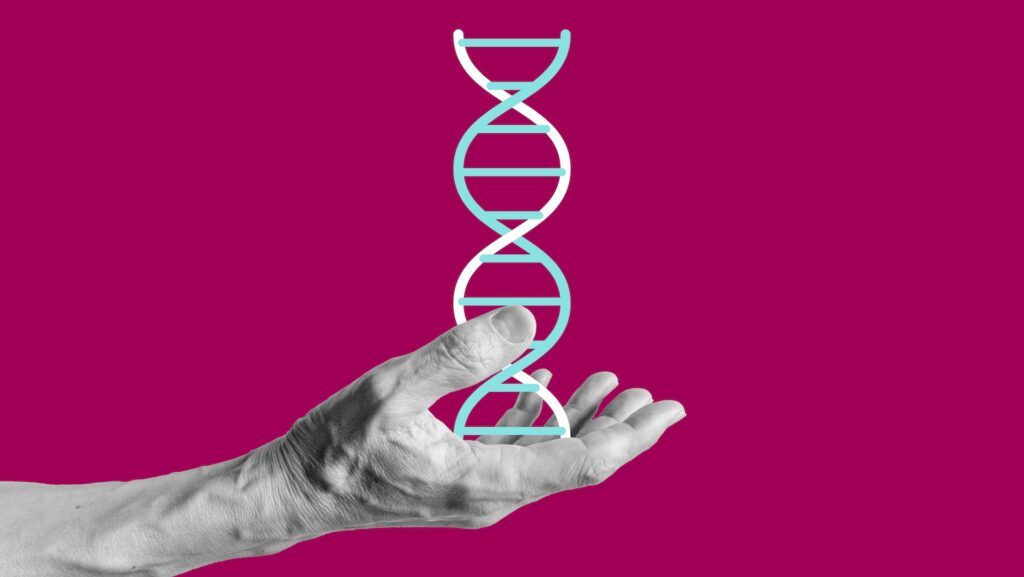
Human hand holding a DNA molecule.
Scientists have meticulously analyzed the DNA of over 1,000 individuals from across the globe, creating the most detailed map of human genomic variation to date. This groundbreaking research, published in the journal Nature, marks a significant advancement in our understanding of the human genome, 22 years after the completion of the Human Genome Project.
Utilizing cutting-edge technology, researchers sequenced the DNA of 1,084 people worldwide, allowing them to examine long stretches of genetic material and compare the resulting genomes in unprecedented detail. This effort has illuminated previously “hidden” regions within the human genome, offering new insights into “structural variants”—large segments of DNA that can be deleted, added, or rearranged within the genome.
Revealing the Hidden Complexity of the Genome
The studies have unveiled features of the genome that were once too complex to analyze, according to Jan Korbel, interim head of the European Molecular Biology Laboratory (EMBL) in Heidelberg and co-author of the papers. For example, large repetitive sequences, previously dismissed as “junk DNA,” have been shown to hold functional significance.
“Some 20 years ago, we thought about this as ‘junk DNA’ — we gave it a very bad term,” Korbel told Live Science. “There’s more and more the realization that these sequences are not junk,” and the new work sheds light on these long-maligned DNA sequences.
The data from these studies are open access, allowing other researchers to utilize the findings and tools to explore the genetic basis of diseases. Korbel is optimistic that some of these advances will soon be integrated into diagnostic practices.
From Draft to Comprehensive Genomic Maps
The journey to this comprehensive genomic map has been long and complex. The first draft of the human genome, published in 2003, was incomplete, missing about 15% of its sequence due to technological limitations. Advances over the years have progressively filled these gaps, culminating in the first “gapless” human genome published in 2022.
In 2023, the first human pangenome draft was released, incorporating DNA from 47 individuals worldwide. This was followed by the sequencing of the first complete Y chromosome, a milestone in genomic research. The recent studies published in Nature build on these advancements, further expanding our understanding of human genetic diversity.
Long Reads and Jumping Genes
The first study sequenced the DNA of 1,019 individuals from 26 populations across five continents. By collecting “long reads” of tens of thousands of base pairs, researchers could accurately map repetitive genomic regions, uncovering new variations.
“With short reads of around 100 base pairs, it is difficult to distinguish between genomic regions that look alike,” explained study co-author Jesus Emiliano Sotelo-Fonseca, a doctoral student at the Centre for Genomic Regulation in Barcelona, Spain. “With longer reads, of around 20k base pairs, assigning each read to a unique position in the genome gets much easier,” he told Live Science.
More than half of the new genomic variations were found in these repetitive regions, including transposons, or “jumping genes,” which can move within the genome and potentially cause mutations linked to diseases like cancer.
Implications and Future Directions
The second study, though smaller in scope, provided even more comprehensive genomic sequences. By achieving 99% completeness, researchers could explore previously inaccessible regions, such as centromeres, which play a crucial role in cell division.
“It might sound like a small difference, but it’s huge actually from the perspective of the genome scientist,” Korbel said. “To get the last few percentages, it’s a major achievement.”
This level of detail opens new avenues for understanding genetic diseases and the mechanisms behind gene regulation. The studies also highlight the importance of including diverse populations in genomic research, as this diversity is key to uncovering the full spectrum of human genetic variation.
Looking ahead, scientists plan to compare these newly sequenced genomes with other datasets that include health data. This could pave the way for linking structural variations to health outcomes and integrating these insights into medical practice.
“Certain clinical studies will not be able to ignore these [sequencing] techniques because they will give them higher sensitivity to identify variation,” Korbel noted. “You don’t want to miss variants.”
While there is still work to be done to improve genomic data and incorporate more diverse DNA samples, the recent studies represent a major technological achievement. As Charles Lee, a professor at the Jackson Laboratory for Genomic Medicine, remarked, “A few years back, assembling a complete human chromosome from end to end, especially including centromeres, was virtually unattainable because the software and algorithms were not mature yet.”




